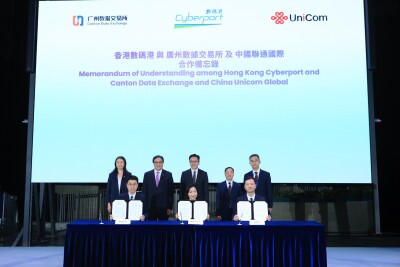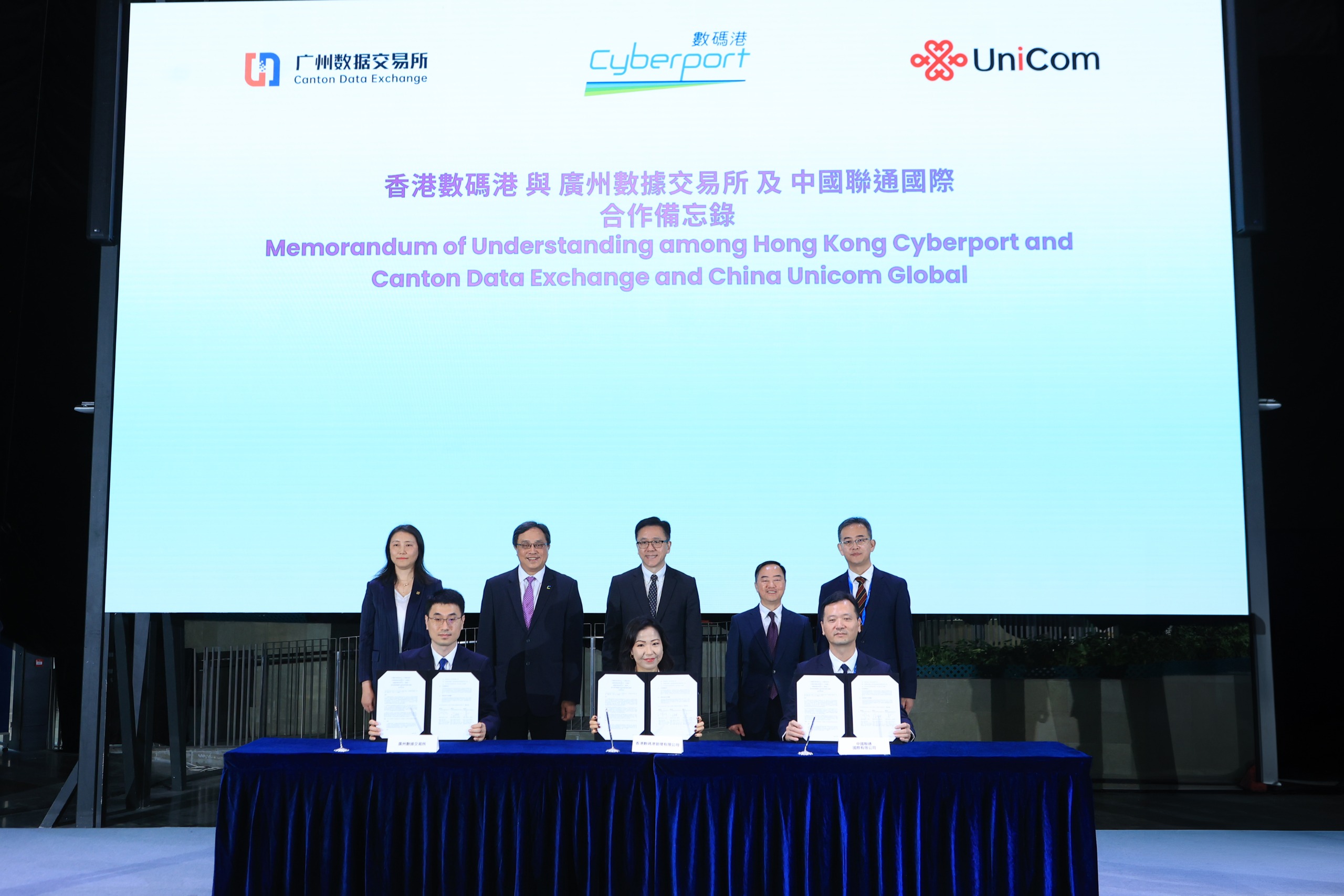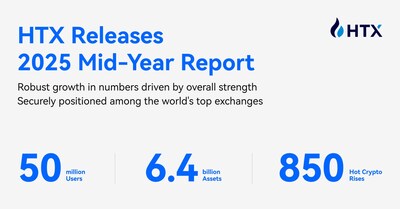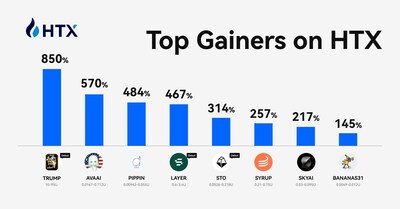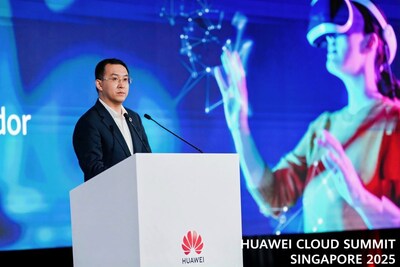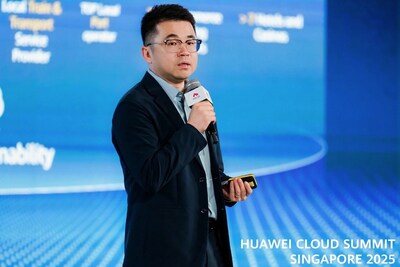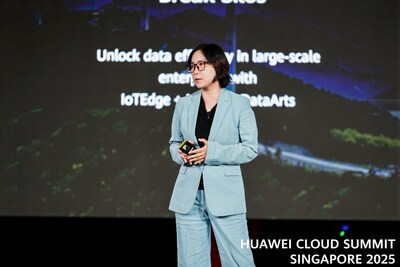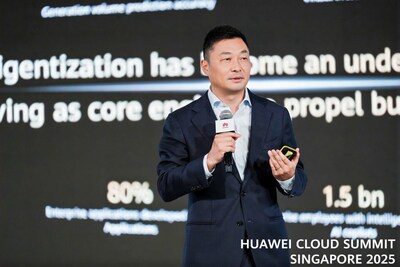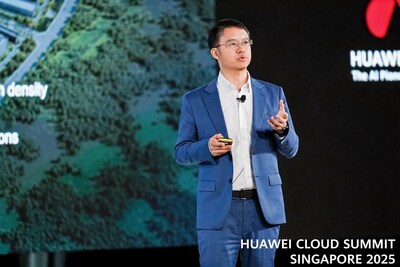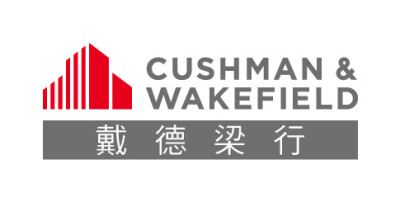BEIJING, July 17, 2025 /PRNewswire/ — Inside the glass-walled building of the Compressive Service Center in the Xiamen Area of China (Fujian) Pilot Free Trade Zone (FTZ), a striking scene unfolds: A pristine white reception desk anchors the room, flanked by a gleaming row of counters, each outfitted with computers and printers, paired with plush brown leather chairs aligned with precision. The setup could easily pass for a high-end bank, its staff poised to cater to clients. But this is no reception room for a bank. Here, multiple government agencies – border inspection, customs, and more – converge to create a seamless one-stop shop for businesses, embodying the pilot FTZ’s innovative spirit.
On the fifth floor, an exhibition hall brings the pilot FTZ’s unique, storied legacy to life. Cutting-edge display technologies illuminate a collection of yellowed documents, each a testament to the city’s pioneering past: the 1982 approval for Xiamen’s first wholly foreign-owned company; the license for the first Chinese-foreign joint venture bank, dated June 18, 1985. At the heart of the exhibition hall, encased in a gleaming glass display, a distinct blue-covered book commands the spotlight. Its weathered pages, tinged with age, whisper profound tales of a storied past, radiating historical significance. The 1985-2000 Xiamen Economic and Social Development Strategy – its title bold above two evocative photos of Xiamen, capturing a city poised for transformation.
On October 16, 2024, Xi Jinping, general secretary of the Communist Party of China (CPC) Central Committee, Chinese president, and chairman of the Central Military Commission, inspected the Xiamen Area of China (Fujian) Pilot Free Trade Zone. President Xi paused here during the inspection, his fingers tracing the pages he helped draft four decades ago. “We planted seeds here,” he said. “Today’s harvest surpasses our expectations,” according to the Xinhua News Agency.
The Development Strategy offered a blueprint for Xiamen’s economic and social development over the years and helped transform the once modest port city into a modern economic powerhouse and a global harbor with trade ties with 239 countries and regions in five continents in 2024. Xiamen’s rise is a testament to the success of China’s economic policymaking – scientific, forward-looking development strategy formulation and precise execution.
As China is set conclude the 14th Five-Year Plan (2021-25) at the end of the year and moving swiftly to formulate the 15th Five-Year Plan (2026-30), this forward-looking strategy will not only continue to underpin China’s sustained high-quality development in the coming years but also create tremendous opportunities for the world, Chinese and foreign economists and business executives said.
‘Long-term thinking’
Thanks to its prime geographic location – sitting at China’s southeast coastline facing the vast ocean, Xiamen has been a major trading port dating back centuries ago, and a gateway of China’s opening-up and external cooperation. In 1980, two years after the start of China’s reform and opening-up process began, Xiamen was designated as one of only four special economic zones (SEZs) – a quintessential reform and opening-up measure in China that aims to explore and experiment various policies before they are introduced in other parts of the country or nationwide.
Still, in the summer of 1985, when 32-year-old Xi assumed the office of Xiamen’s vice mayor, the city was grappling with uncertainties. With no domestic precedents to follow, officials here were divided. Some were overly optimistic about replicating Singapore or Hong Kong, while others remained skeptical that major breakthroughs could be achieved given Xiamen’s weak economic fundamentals. Xi took a different view. He argued that modern economic development demanded long-term thinking and a comprehensive approach. It was under his direct leadership that Xiamen established an office to draft a development strategy for the next 15 years, according to Xinhua.
At the time, it was common at both national and local levels to create annual or five-year development plans, but never a 15-year plan for a city, according to Xinhua.
Opening the 300-page book, the long-term thinking and a comprehensive approach becomes vivid. The book extensively assessed Xiamen’s advantages and constraint factors, analyzed the national, regional and international situations and put forward a clear development strategy with a clear timeline, which has become well-known in Xiamen as the “three-step” approach: first, create bonded zones; then expand to a free trade zone; and eventually, a quasi-free port.
“The 1985-2000 Xiamen Economic and Social Development Strategy formulated under Xi’s leadership as early as back in the 1980s put forward the ‘three-step’ strategic concept of building a free trade port, which has found the right direction for Xiamen to move forward,” the Administrative Committee of the Xiamen Area of China (Fujian) Pilot FTZ said in a statement sent to the Global Times. “The Xiamen SEZ has been moving forward steadily along the ‘three-step’ blueprint drawn up by Xi.”
According to the committee, the Xiamen Special Economic Zone Trade Co established the city’s first public bonded warehouse on June 10, 1985, starting the concrete practice of implementing the first step of the “three-step” strategy. Then on April 21, 2015, the Xiamen Area of China (Fujian) Pilot FTZ was established, completing the second step. “Currently, we are working toward the third step and actively exploring the implementation of certain policies of the free port,” it said.
Xiamen’s practice of the “three-step” strategy is also reflected in numbers displayed on a giant screen at the exhibition hall. Over the years, the Xiamen Area of China (Fujian) Pilot FTZ has rolled out a total of 632 innovative measures, with 153 of them being national firsts. More than 31 measures from “Xiamen experience” was promoted by the State Council, compared to a total of 167 measures promoted nationally. The free trade zone has completed the task of aligning with international high standards and promoting institutional opening-up.
Also on display at the exhibition hall is concrete examples of Xiamen not only successfully aligning with international high standards, but actually helping setting international standards. The Xiamen Area of China (Fujian) Pilot FTZ has introduced the nation’s first guidelines for the safe maritime transport of containerized lithium-ion battery energy storage systems, which outlined safety check lists from production to transportation to offload. The pioneering document not only provides professional guidance for the safe, efficient, and routine export of containerized lithium battery storage systems from Xiamen Port. It also addresses a gap in international maritime regulations, resolves challenges posed by rail and air transport bans, and overcomes obstacles in maritime shipping.
The success of long-term thinking and comprehensive approach outlined in the Development Strategy is also reflected in concrete data. Between 1985 and 2024, Xiamen’s GDP expanded by 13.8 percent on a yearly average. As of April 2025, the Xiamen Port has 183 container liner routes, with a route network reaching 151 ports in 51 countries and regions. In 2024, the container throughput exceeded 10 million TEUs, making it an international container trunk line hub port, according to Xinhua.
‘Good example’
In a keynote speech at the opening ceremony of the BRICS Business Forum on September 3, 2017 in Xiamen, President Xi noted that “Xiamen is where I started off when I came to Fujian Province to take up a new post in 1985.” “Three decades later, Xiamen has become well known for its innovation and entrepreneurship, with burgeoning new economic forms and new industries, robust trade and investment and easy access to the world with air, land and sea links,” Xi said, according to Xinhua.
“Xiamen’s success is a good example demonstrating the perseverance of the 1.3 billion-plus Chinese people. In close to 40 years of reform and opening up, under the leadership of the Communist Party of China, we Chinese have forged ahead, fearless and determined, and we have successfully embarked on a path of socialism with distinctive Chinese features,” Xi said.
The long-term thinking and comprehensive approach that has proven tremendously successful in Xiamen is also the essence of China’s general economic policymaking – the scientific and forward-looking formulation of long-term development plans such as the five-year plans.
“The Five-Year Plan is an important experience in our country’s governance. It is not only an institutional guarantee for a blueprint to be drawn to the end, but also a long-term plan that spans economic cycles. At the same time, it can also dynamically adjust the priorities of medium-term tasks based on short-term prominent contradictions, so as to better achieve long-term goals,” Li Ke‘aobo, executive deputy director of the Academic Center for Chinese Economic Practice and Thinking of Tsinghua University, told the Global Times.
This year marks the conclusion of China’s 14th Five-Year Plan period (2021-25), during which China has clocked up a series of landmark achievements, including a resilient economy, solid steps in green transition and unwavering opening-up. Meanwhile, the formulation of the 15th Five-Year Plan (2026-30) is underway, as a top priority.
During a recent instruction on the work concerning the compilation of the 15th Five-Year Plan, President Xi noted that the scientific formulation and consistent implementation of five-year plans stand as an important piece of experience in the CPC’s approach to governing the country. The formulation and implementation of the 15th Five-Year Plan holds immense significance for fully realizing the strategic initiatives outlined at the 20th CPC National Congress and advancing Chinese modernization, Xi said, Xinhua reported on May 19.
China’s scientific formulation and consistent implementation of five-year plans also hold great global significance.
“Setting a clear, long-term objective has been key to the development of China. In a very volatile international environment today, it’s even more important to have a beacon and to have a long-term objective,” Denis Depoux, global managing director of consulting firm Roland Berger, told the Global Times in a recent interview.
Back in the Compressive Service Center of the Xiamen Area of China (Fujian) FTZ, the firm determination to “follow a good blueprint through to the end” was palpable. “These achievements were made because we have always followed the ‘three-step’ strategic conception drawn up by Xi when he led the initial period of the establishment of the Xiamen Special Economic Zone, and have always kept in mind our mission to test systems, measure pressures, and explore new paths for the country,” the Administrative Committee said.




